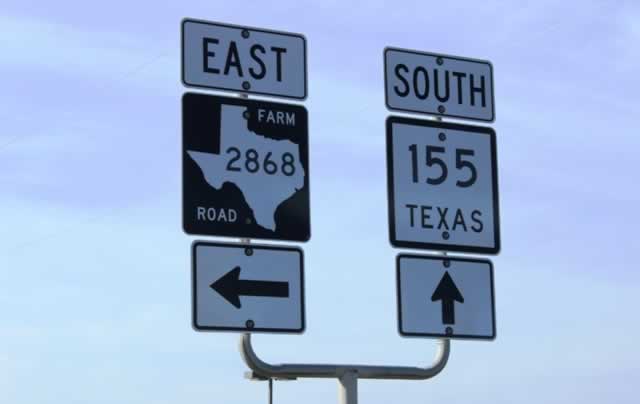243 Rose Cheramie's autopsy report
See also:17 One mystery car chaser19a The Pitzer Autopsy Report212 The identity of the mystery Oxnard area callerBritish investigative journalist, Chris Mills, writes that Rose's hospital records reveal she had suffered "a
deep punctate stellate wound above her right forehead." Mills states, "[T]his type of injury, according
to medical textbooks, often occurs as the result of a contact gunshot wound."
(...)
Most likely, an autopsy would have revealed a gunshot wound, and we are informed that an autopsy was
performed on Rose's body, but the report is now either missing or was somehow destroyed. (Most states,
by law, require an autopsy in the case of any suspicios or sudden death, but they're only required to keep
the records for a certain period of time, which varies from state to state.)
(H.P. Albarelli,
A Secret Order, p. 118)
 Melba Christine Marcades, better known as Rose Cheramie.
Melba Christine Marcades, better known as Rose Cheramie.When an investigator working for New Orleans District Attorney Jim Garrison attempted to locate Rose
Cherami in early 1967, he learned that she had been killed on Sept. 4, 1965, when a car ran over part of
her head near Big Sandy, Texas. The driver of the car, who reported the accident to the Texas Highway
Patrol after taking Rose to the hospital, claimed that the accident had been unavoidable because the
victim had been lying on the roadway with her head and the upper part of her body resting on the traffic
lane. Due to the unusual circumstances and the lack of prominent physical evidence, Officer J. A. Andrews
attempted to determine whether the driver and Rose had any relationship. He found no evidence of such
and although he was allegedly not completely satisfied that he had all the facts, he closed the case since
the victim's relatives did not pursue the matter. Left unanswered were how Rose Cherami ended up lying
on the highway, especially Texas highway 155, a "farm to market road." Had she been hitchhiking at 2 AM
when the accident occurred, one would have expected her to have been on either of the two larger U. S.
highways, 80 and 271, which parallel Texas highway 155.
(Gary Richard Schoener,
A Legacy of Fear, Fair Play Magazine, May, 2000)

One of the most intriguing stories to come out of the assassination case involved a woman who claimed
to have worked for Ruby and who is on record as accurately predicting Kennedy's death.
On November 20, 1963, two days before the assassination, Louisiana State Police lieutenant Francis
Fruge journeyed to Eunice, Louisiana, to pick up a woman who had received minor abrasions when she
was thrown from a car. The woman appeared to be under the influence of some drug. She later was driven
to the State Hospital in Jackson, Louisiana. On the way she told Fruge that she had been traveling with
two men "who were Italians or resembled Italians" from Florida to Dallas. When Fruge asked her what she
planned to do in Dallas, the woman replied: "... number one, pick up some money, pick up [my] baby and
. . . kill Kennedy."
Thus began the strange saga of Melba Christine Marcades, better known as Rose Cheramie.
While at State Hospital, Cheramie told doctors there that Kennedy was to be killed in Dallas. She
appeared quite lucid and hospital records studied by the House Select Committee on Assassinations reflect
the woman was diagnosed as "without psychosis". However, because of her previous record of drug
addiction she may have a mild integrative and pleasure defect.
 Louisiana State Hospital in Jackson
Louisiana State Hospital in JacksonDr. Victor Weiss told Committee investigators that Cheramie said she had worked for Jack Ruby and that
her knowledge of the assassination came from "word in the underworld."
The day of the assassination, Lieutenant Fruge immediately remembered the woman and her apparent
foreknowledge. He returned to State Hospital and took Cheramie into custody. During questioning she said
the two men were on their way from Florida to Dallas to kill Kennedy. She said she was to receive $8,000
for her part in this activity and was then to accompany the two men to Houston to complete a drug deal
and pick up her young son. She even gave Fruge the name of both a seaman and a ship that were
involved in the drug deal and Fruge was able to verify this information through U.S. Customs.
Fruge also was able to verify the woman's story by talking to a Louisiana lounge owner. The owner related
how two men and a woman had stopped at his lounge about November 20 and that the owner knew the
men to be two pimps who regularly transported prostitutes from Florida. He said the woman became
intoxicated and was taken outside after one of her companions "slapped her around."
Fruge said he soon contacted Dallas police captain Will Fritz, the man in charge of the assassination
investigation, believing that he had uncovered valuable information. However, after Fritz told him he
"wasn't interested," Fruge dropped his investigation.
(Jim Marrs,
Crossfire, 2013 edition, p. 385/6)
The authors are firmly in the camp that Cherami was murdered. They believe that she was shot on one
of these drug runs in 1965. That the killer then ran her over to try and disguise her death as a matter
of hit and run. That the man who eventually found her body on the road, Jerry Don Moore, did not
actually strike her. (The investigating police officer did not think he did either.) Further, they show that
there was apparently something wrong with the hospital report on her death, i.e., the report says she
was DOA, yet this is provably false. She was worked on in the ER room and then transferred to a
private room and survived for about eight hours in critical condition.
(
Jim DiEugenio, review of Gathering Fallen Petals, 12 November 2016)